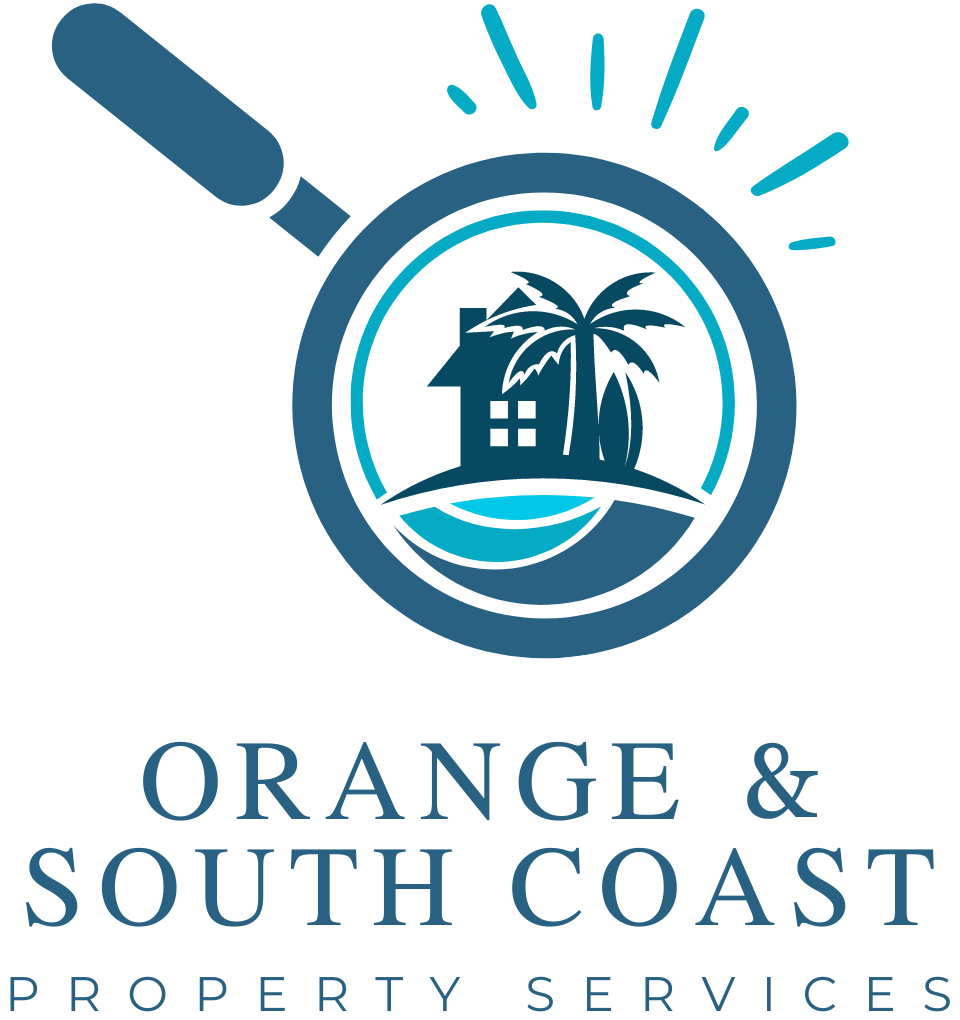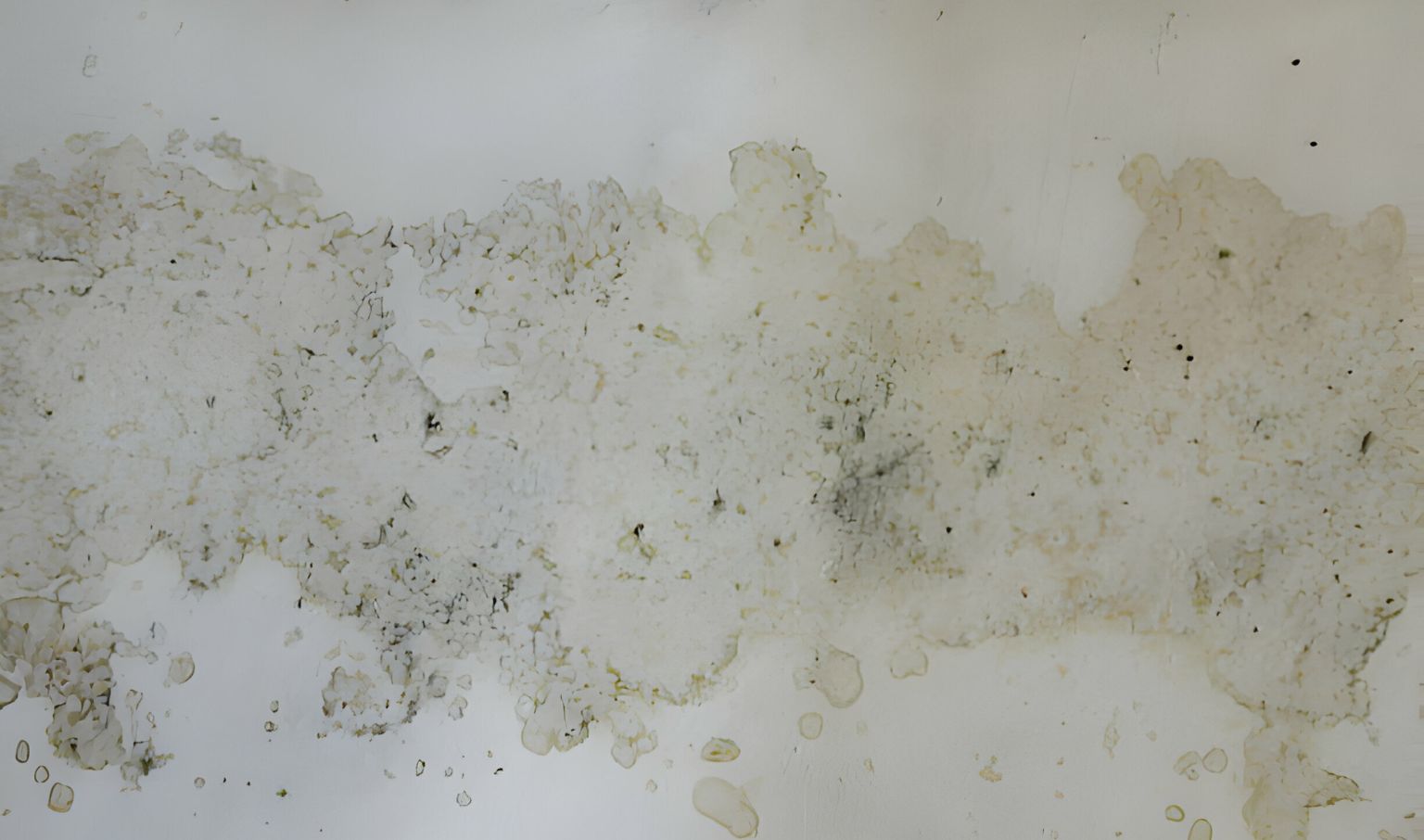Water damage is the main culprit for mold growth in homes. According to the EPA, you can expect mold growth within 24-48 hours after water damage. Thus, it’s important to conduct mold inspections to assess and mitigate potential hazards.
For homeowners, it is important to understand the importance of mold inspection after water damage. This helps them to safeguard their health and preserve their property (one major investment, we must say).
This blog will let you understand water damage and mold inspection in detail, highlighting how to check for mold after water damage and what to expect from mold inspections.
So, without further ado, let’s start…
How Water Damage Can Cause Mold Growth?
Water damage introduces excess moisture into indoor environments, creating a favorable condition for mold growth.
When water infiltrates building materials like wood, drywall, insulation, or carpeting, it creates a damp environment that promotes mold spore germination and proliferation.
Mold spores, which are present naturally in the air and on surfaces, can quickly colonize and spread in these moist conditions, forming visible patches of mold.
Additionally, water damage can compromise the structural integrity of building materials, providing organic substrates for mold to feed on and facilitating its growth.
High humidity levels resulting from water damage further exacerbate the problem by creating an ideal breeding ground for mold.
Water damage actually creates the perfect storm for mold growth, making prompt detection and remediation critical to prevent further damage and mitigate health risks.
How to Check for Mold After Water Damage?
Visible Mold
It’s said that approximately 70% of the homes in the United States are exposed to a certain level of mold. And this is one of the signs of mold after damage. If mold thrives in your property, it will be evident.
It might appear as discoloration, fuzzy patches, or black spots on various surfaces like ceilings, walls, floors, and other affected areas.
Initially, it is expected that you might not be alerted to these patches, but in no time, they can rapidly spread and cause significant damage if left unchecked.
As discussed above, mold thrives in damp and humid environments, so areas affected by water damage are more susceptible to mold growth.
Therefore, it’s ideal to address visible mold growth to prevent further spread and mitigate potential health risks associated with mold exposure.
Musty Odor
This is another most common and obvious sign of mold growth, even if visible mold growth is not apparent.
Mold emits volatile organic compounds (VOCs) as it colonizes and thrives in damp or humid environments, resulting in a musty smell.
If you’re to detect a persistent musty odor in your home, then there’s a high chance that this is it. You might smell this, particularly in moisture-prone areas like attics, bathrooms, or basements. While mold can also thrive behind mold, under flooring, or in other concealed areas.
It’s essential to address musty odors promptly, as they can indicate underlying water damage or moisture issues that create favorable conditions for mold growth.
Furthermore, conducting a thorough inspection and remediation by qualified professionals is crucial to identify and mitigate the source of the odor, prevent further mold growth, and ensure a healthy indoor environment for occupants.
Peeling or Warping
Peeling paint, wallpaper, or warping and bulging of walls or ceilings are common signs of moisture damage that can indicate potential mold growth.
When building materials are exposed to excessive moisture or prolonged water intrusion, they can lose their structural integrity, leading to visible damage such as peeling or warping. Once again, these issues often occur in areas prone to water leaks, such as bathrooms, kitchens, or basements.
Peeling or warping materials provide ideal conditions for mold growth, as they retain moisture and organic matter that mold spores feed on.
Therefore, it’s crucial to address peeling or warping promptly to prevent further water damage and mitigate the risk of mold infestation. Conducting a thorough inspection by qualified professionals can help identify the underlying cause of the damage and implement appropriate remediation measures to restore the affected areas and prevent future mold growth.
How Can Mold Inspections Help?
Mold inspections can be an ultimate savior when mold spreads in your house. These inspections play a vital role in addressing mold issues caused by water damage, comprehensively assessing the extent of mold growth, and identifying underlying moisture sources.
By scheduling a mold inspection, you hire a trained professional who is equipped with specialized equipment and techniques to detect mold growth, even in hidden or hard-to-reach areas.
With this thorough home assessment, mold inspectors determine the severity of mold infestation and recommend further steps to handle these issues.
Furthermore, mold inspections help identify the underlying cause of water damage, such as leaky pipes, roof leaks, or flooding. This then helps you to address these issues effectively to prevent future mold growth.
So, it’s fair to say that mold inspections serve as a crucial first step in managing mold issues caused by water damage – letting you take prompt and targeted action to restore the safety and integrity of your property.
What to Expect from Mold Inspections?
During mold inspections, you can expect a thorough assessment of your property to identify any existing mold growth, assess moisture levels, and locate potential sources of water intrusion.
Qualified mold inspectors use specialized equipment such as moisture meters, thermal imaging cameras, and air sampling devices to detect mold and assess the extent of contamination.
During the process, the inspection will cover visible areas and hidden spaces where mold may lurk, such as behind walls, under flooring, or in crawl spaces.
The inspector will also inspect HVAC systems and ventilation to identify any issues contributing to mold growth. After the inspection, you can expect a detailed report outlining the findings, including remediation and prevention strategies recommendations.
Conclusion
In conclusion, understanding the relationship between water damage and mold inspections is important.
Water damage can create optimal conditions for mold growth, posing significant risks to both the structural integrity of the building and the well-being of occupants. By conducting thorough mold inspections, you can identify and address hidden moisture issues and potential mold infestations before they escalate into larger problems.
Prompt action, coupled with professional remediation and preventive measures, can help mitigate the risk of mold-related issues and ensure a safe and healthy indoor environment for years to come. Therefore, you should prioritize scheduling water damage and mold inspections regularly to detect and address any early issues, safeguarding your homes and loved ones.
Schedule your comprehensive mold inspection with Orange and South Coast Property Services today and safeguard your home from mold-related risks! Contact us now to book your appointment and ensure a healthy indoor environment for you and your loved ones.

